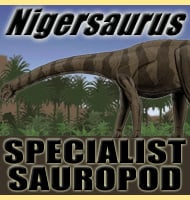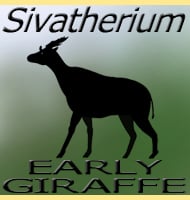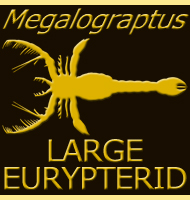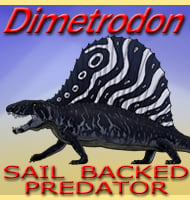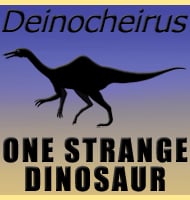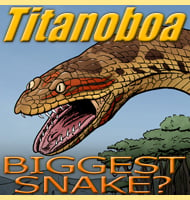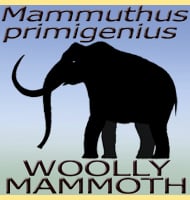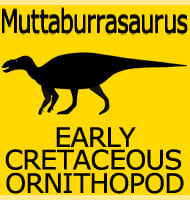In Depth
Yamatosaurus is a genus of hadrosaurid dinosaur that lived in Japan during the late Cretaceous. Yamatosaurus is considered to be a more primitive form of hadrosaur, and the discovery of this dinosaur seems to portray a picture of more basal hadrosaur forms existing in East Asia all the way into the late Cretaceous, even when more advanced hadrosaur forms were present throughout the lands. In the case of Yamatosaurus this differentiates the genus from other hadrosaur genera discovered in Japan such as Kamuysaurus even though the two genera existed at roughly the same time as one another.
Further reading
- A new basal hadrosaurid (Dinosauria: Ornithischia) from the latest Cretaceous Kita-ama Formation in Japan implies the origin of hadrosaurids. - Scientific Reports. 11 (1). - Yoshitsugu Kobayashi, Ryuji Takasaki, Katsuhiro Kubota & Anthony R. Fiorillo - 2021.

